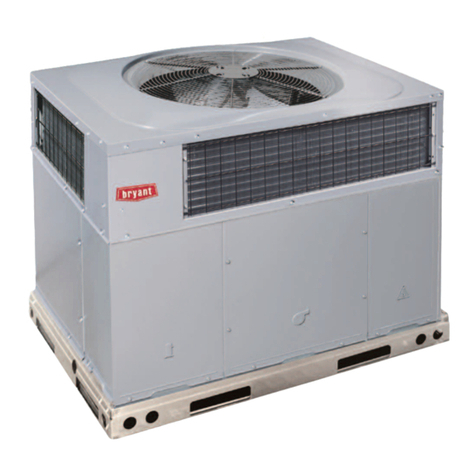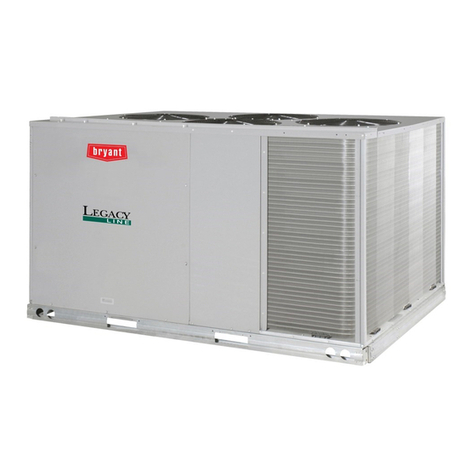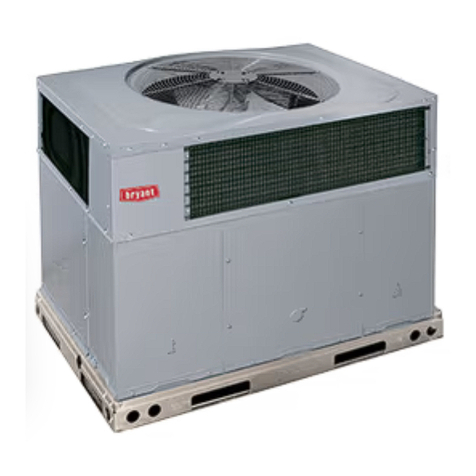Bryant 619RD User manual
Other Bryant Air Conditioner manuals
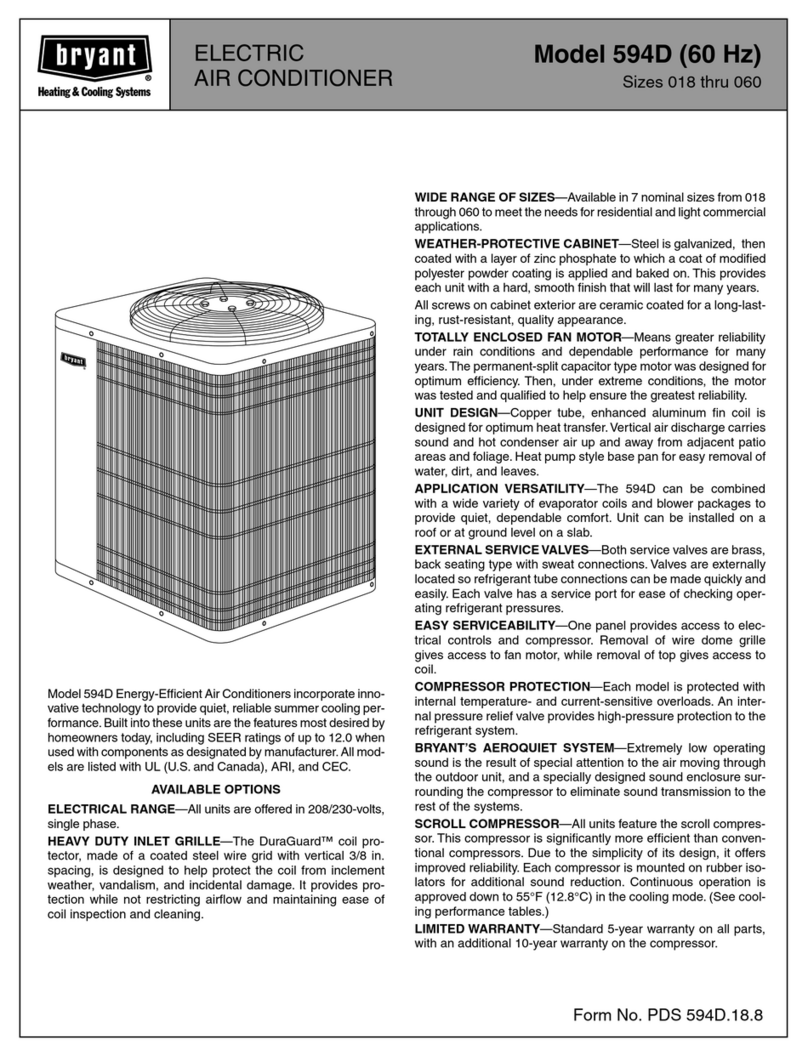
Bryant
Bryant 594D User manual
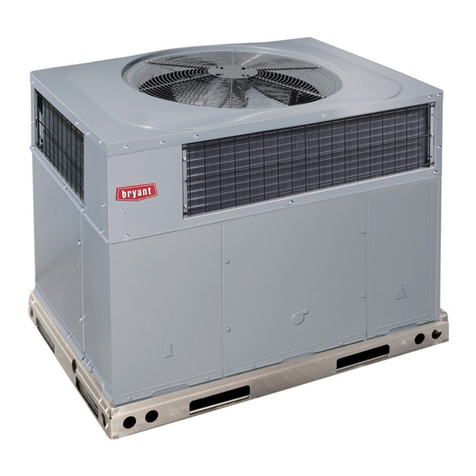
Bryant
Bryant 574D Instruction Manual
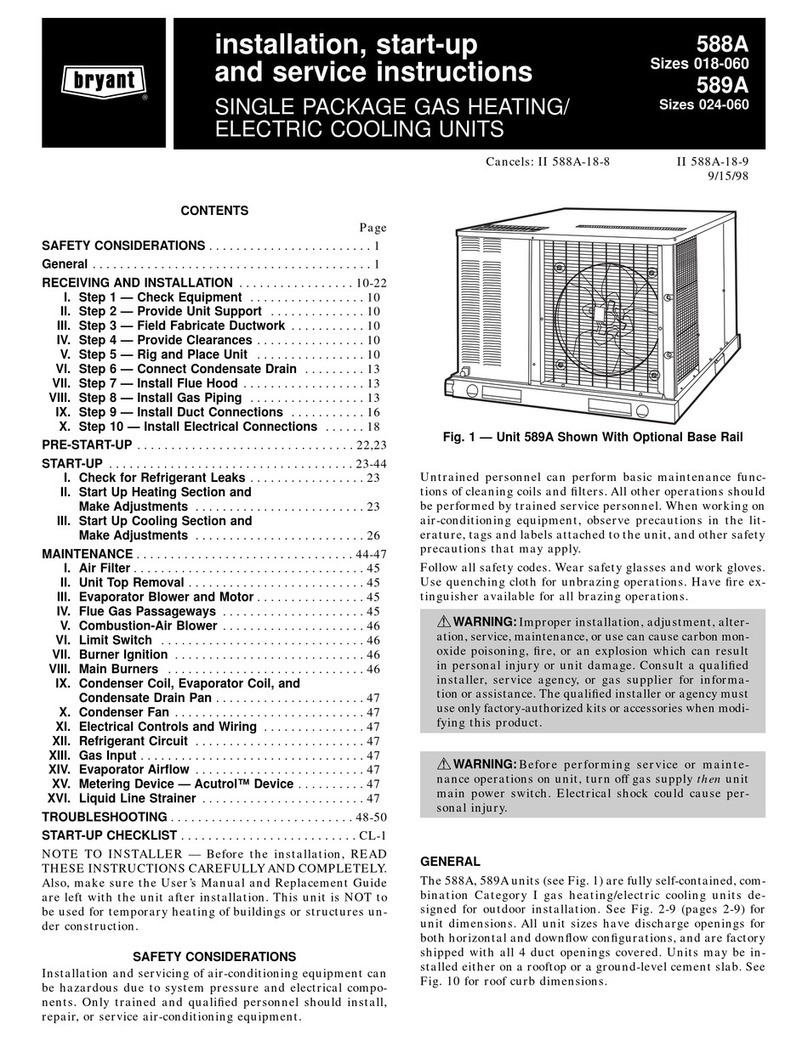
Bryant
Bryant 588A Dimensions and installation guide
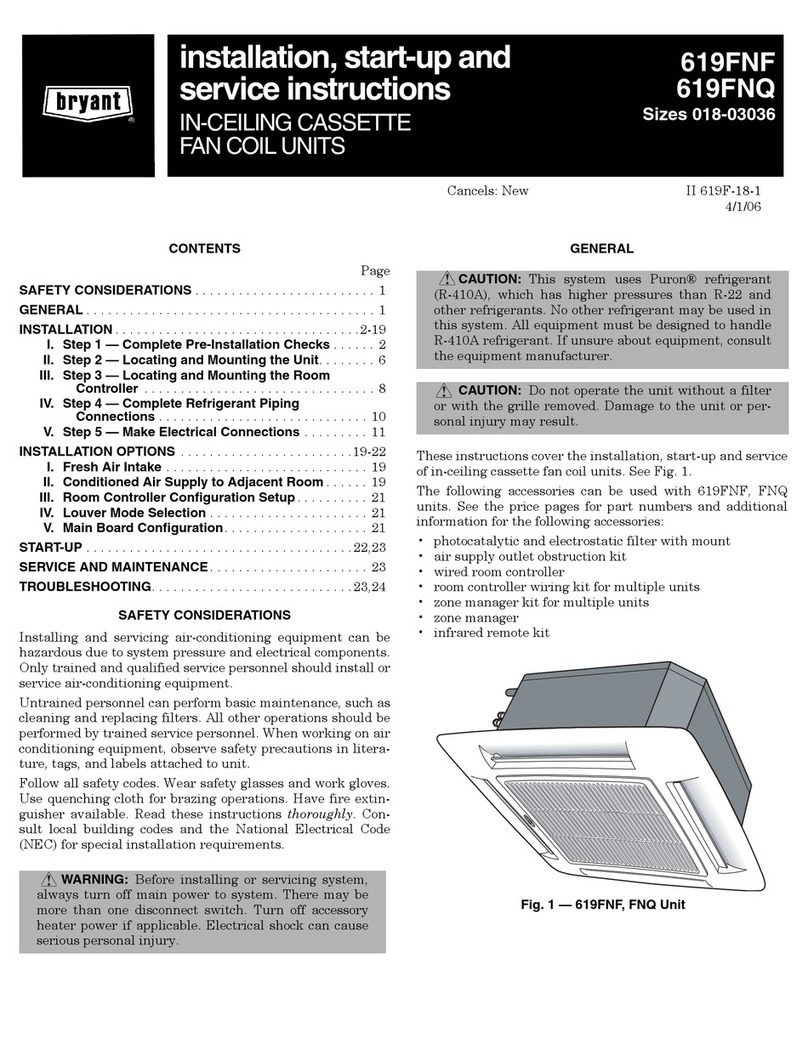
Bryant
Bryant 619FNF Dimensions and installation guide
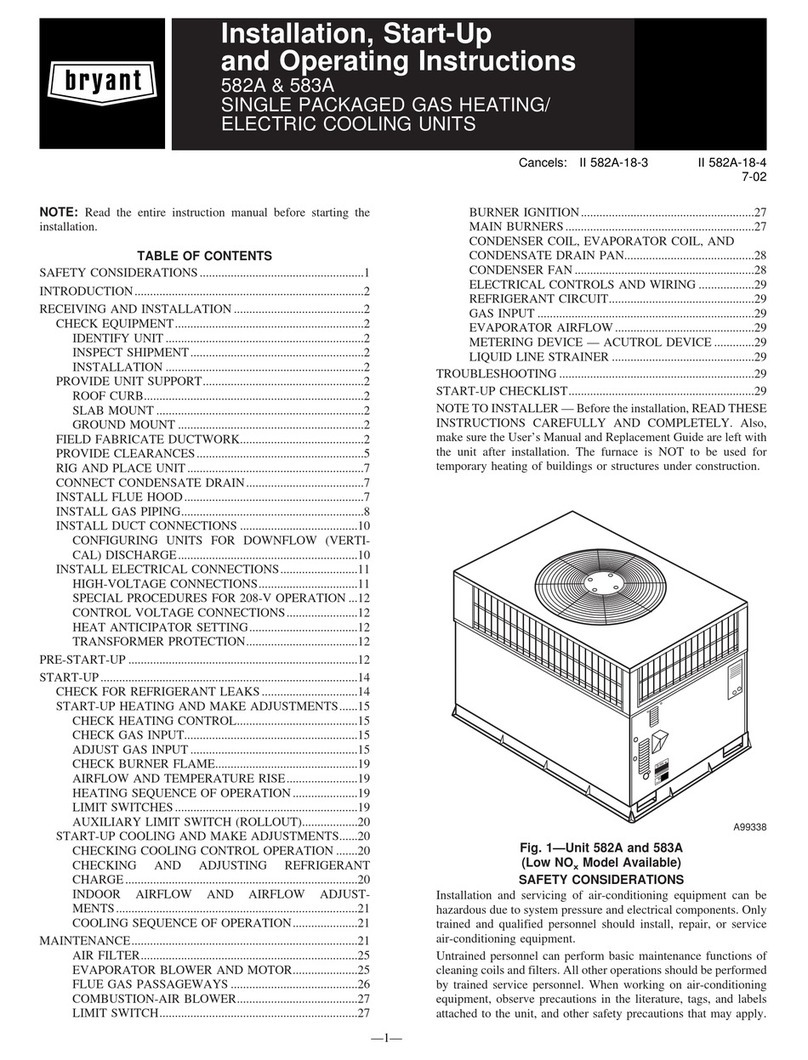
Bryant
Bryant 582A Series Instructions and recipes
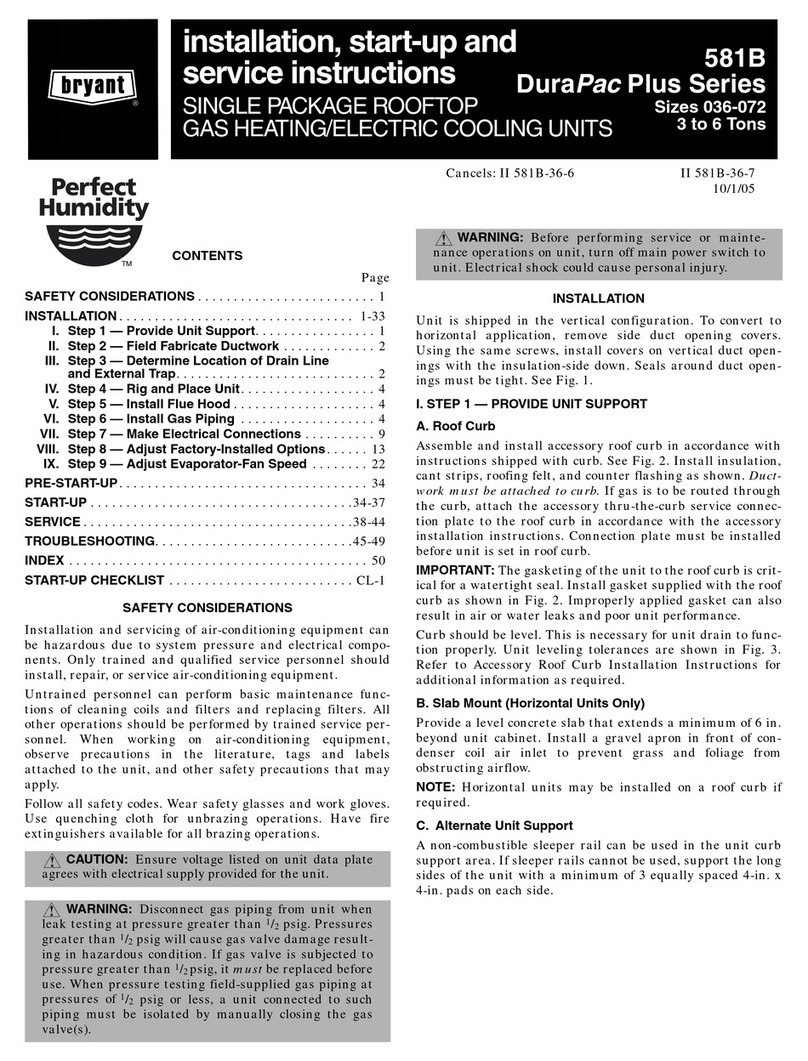
Bryant
Bryant DURAPAC PLUS 581B Installation and maintenance instructions
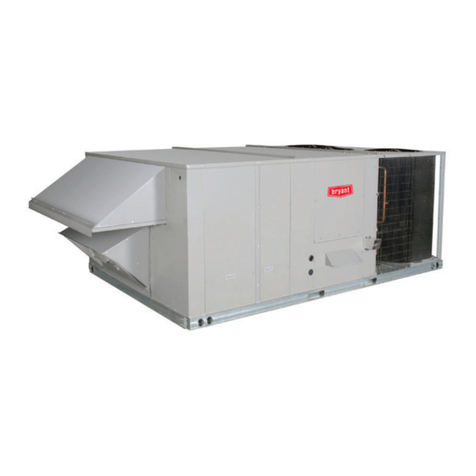
Bryant
Bryant 581J series User manual
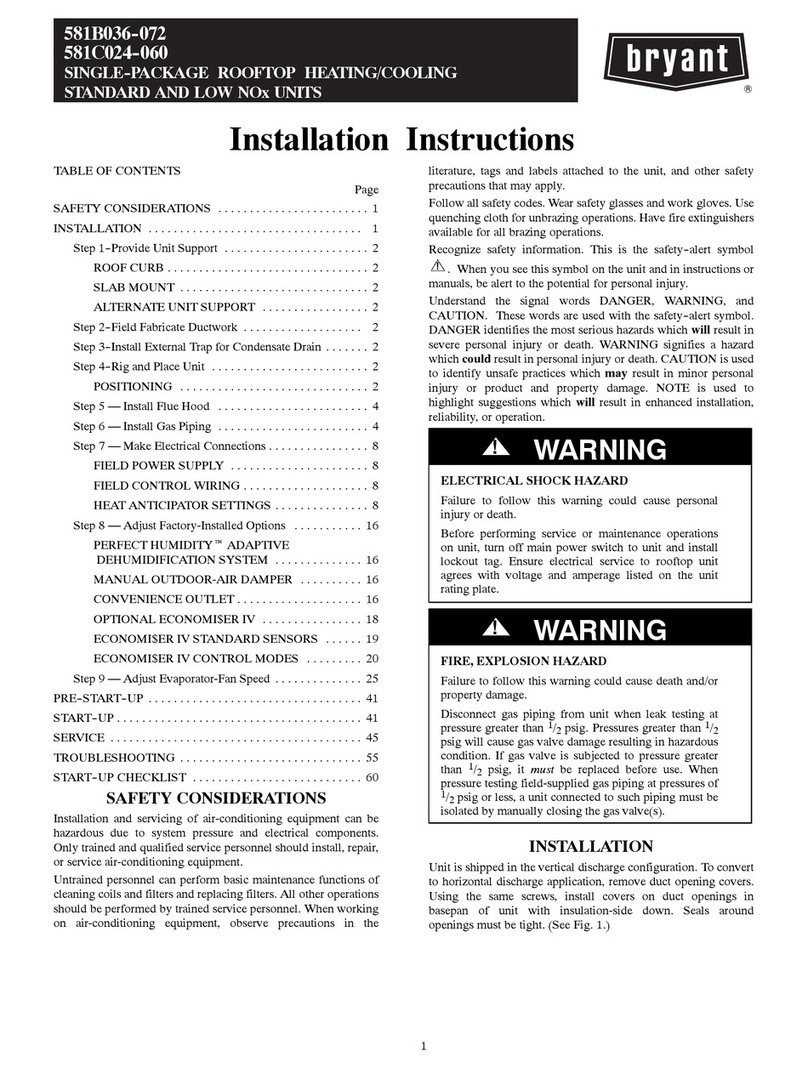
Bryant
Bryant 581B036--072 User manual
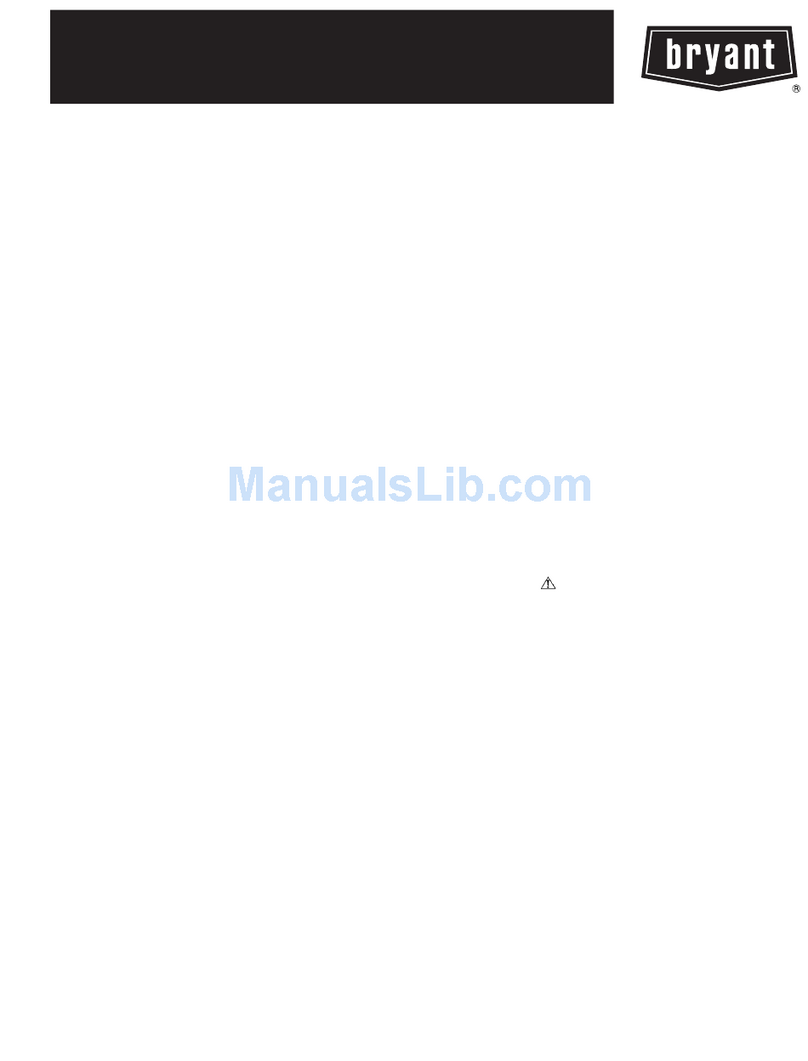
Bryant
Bryant 580J***D series User manual
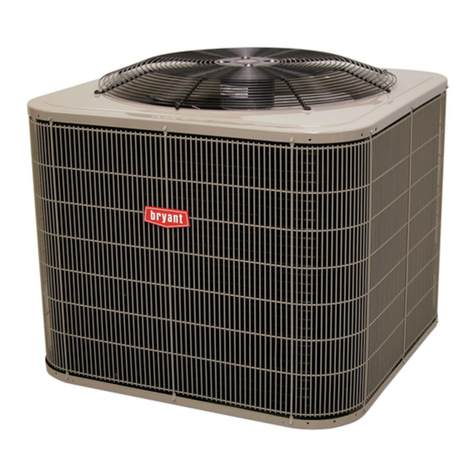
Bryant
Bryant Legacy 114S User manual

Bryant
Bryant COMMERCIAL OUTDOOR COMBINATION GAS HEATING/ELECTRIC COOLING UNIT... User manual
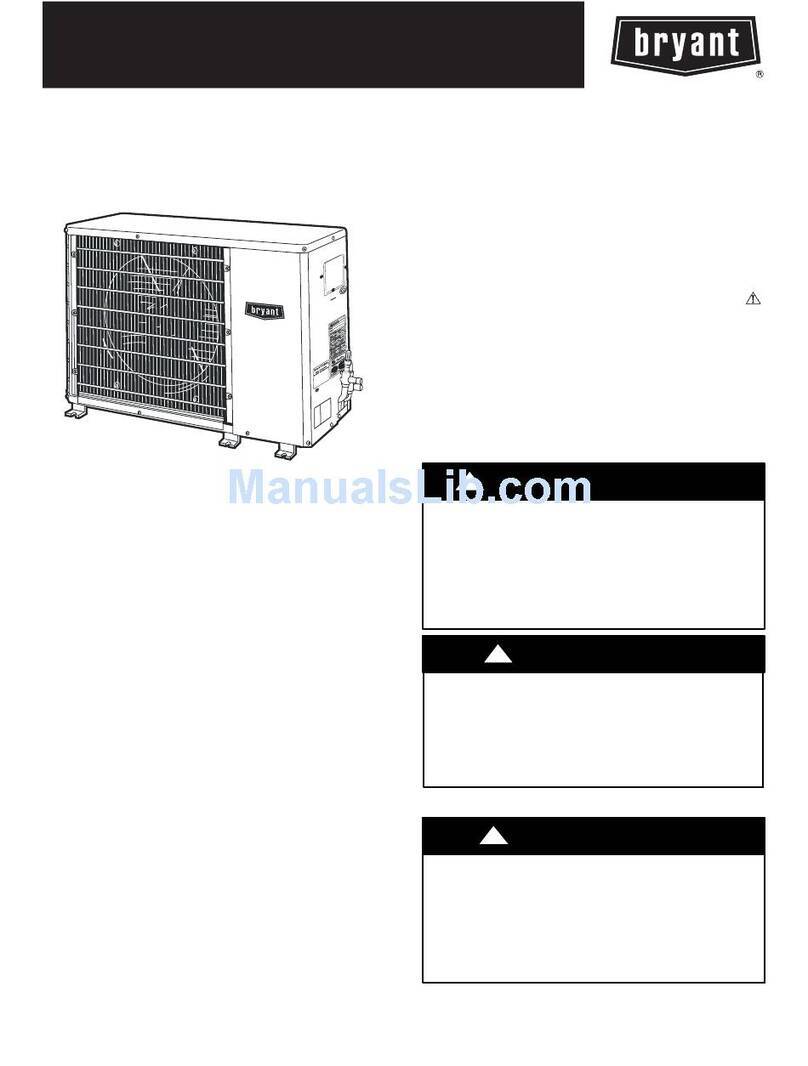
Bryant
Bryant PREFERRED 538A User manual
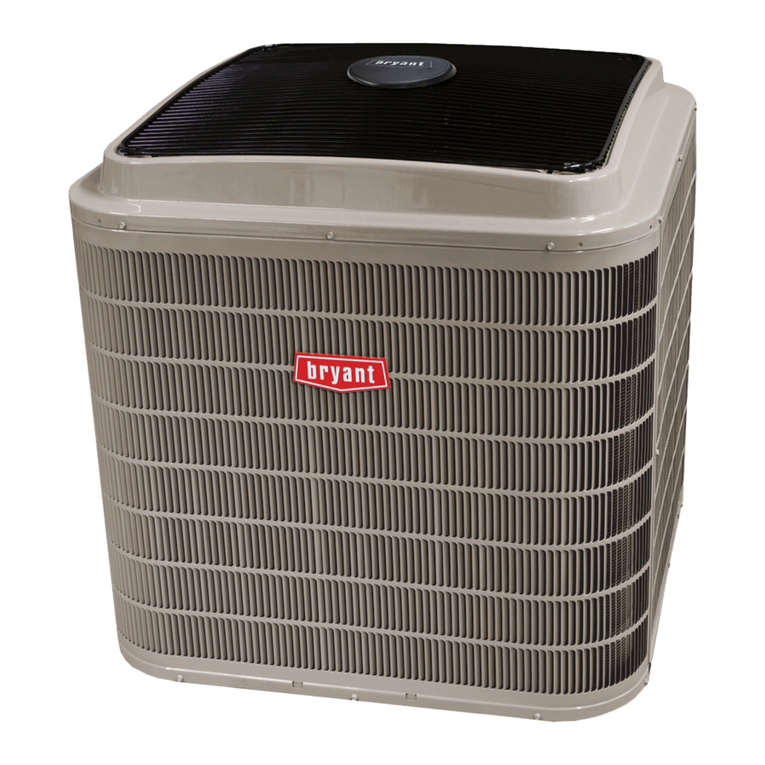
Bryant
Bryant EVOLUTION 187B Operation manual
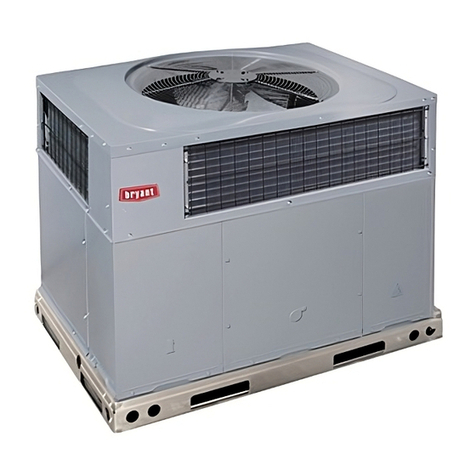
Bryant
Bryant 574D----A User manual
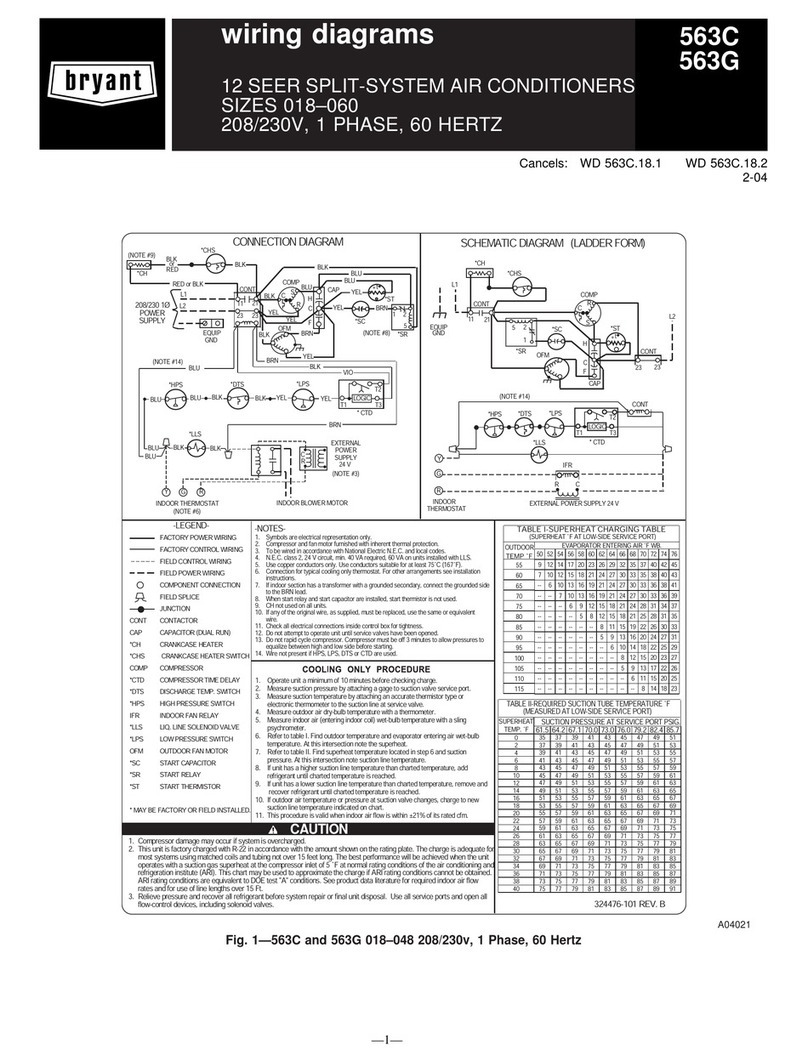
Bryant
Bryant 563C Manual
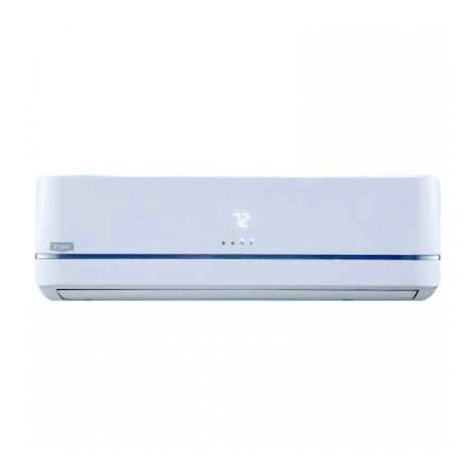
Bryant
Bryant 619PB Operation manual
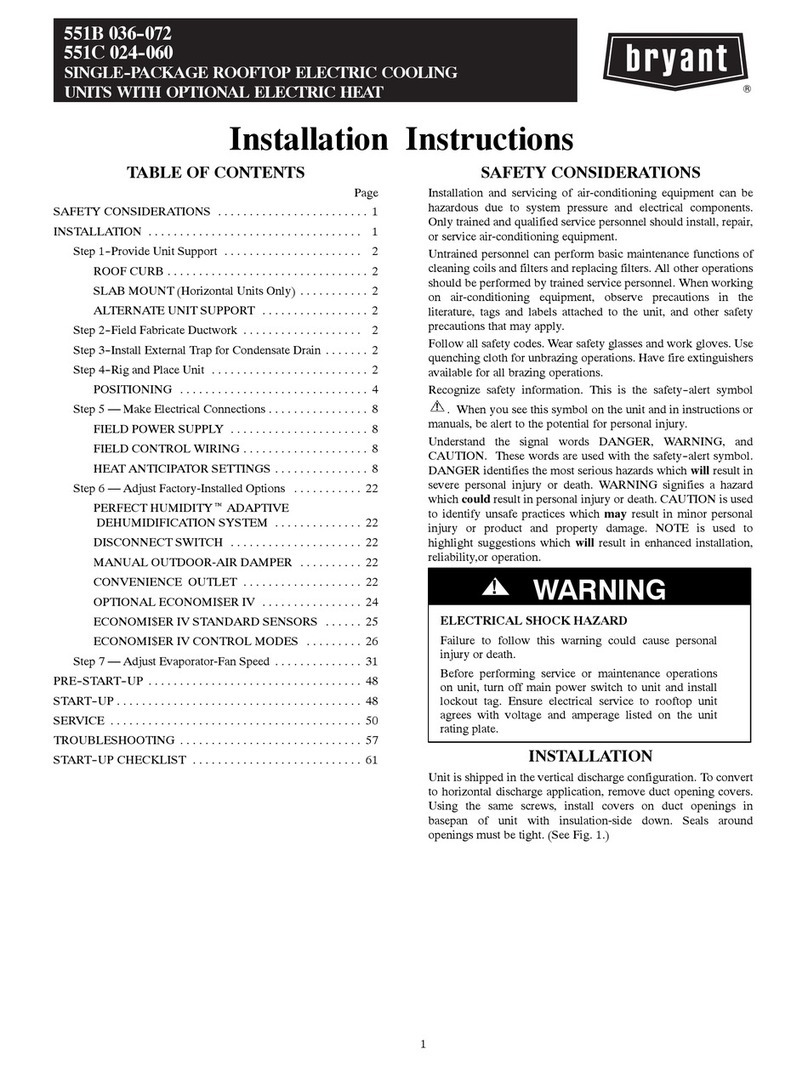
Bryant
Bryant 551B User manual
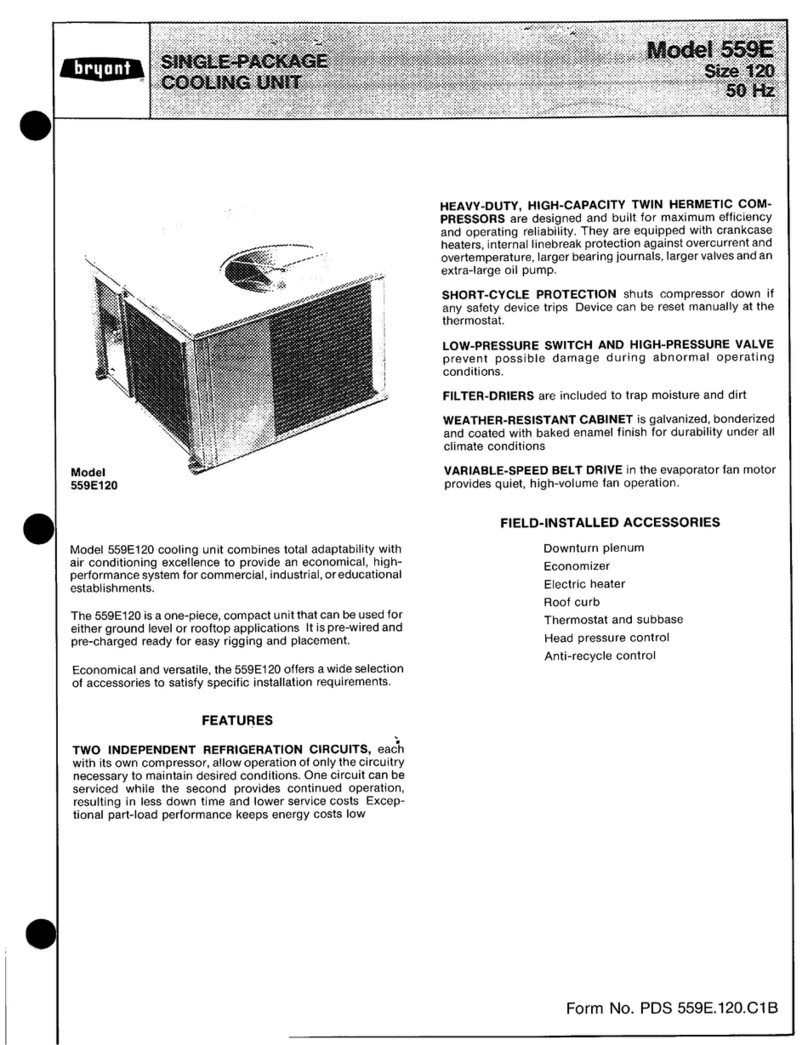
Bryant
Bryant 559E User manual

Bryant
Bryant 581J-17-28 Installation and user guide
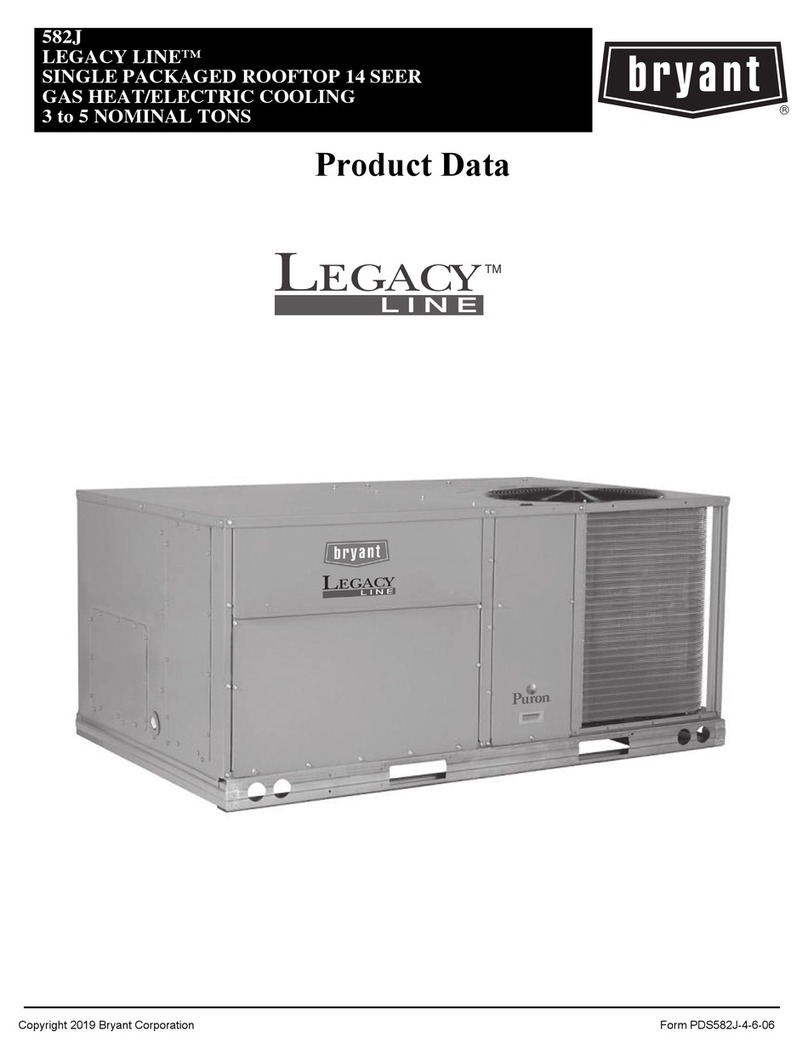
Bryant
Bryant Legacy Series User manual
Popular Air Conditioner manuals by other brands

Fujitsu
Fujitsu ASYG 09 LLCA installation manual

York
York HVHC 07-12DS Installation & owner's manual

Carrier
Carrier Fan Coil 42B Installation, operation and maintenance manual

intensity
intensity IDUFCI60KC-3 installation manual

Frigidaire
Frigidaire FAC064K7A2 Factory parts catalog

Sanyo
Sanyo KS2432 instruction manual

Mitsubishi Electric
Mitsubishi Electric PUHZ-RP50VHA4 Service manual

Panasonic
Panasonic CS-S18HKQ Service manual

Panasonic
Panasonic CS-E15NKE3 operating instructions

Gree
Gree GWH18TC-K3DNA1B/I Service manual

Friedrich
Friedrich ZoneAire Compact P08SA owner's manual

Daikin
Daikin R32 Split Series installation manual

